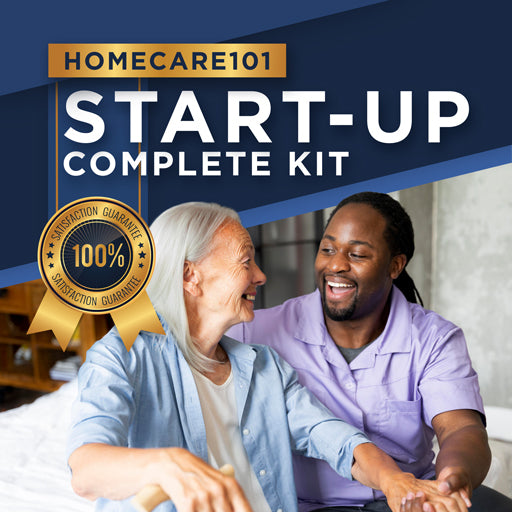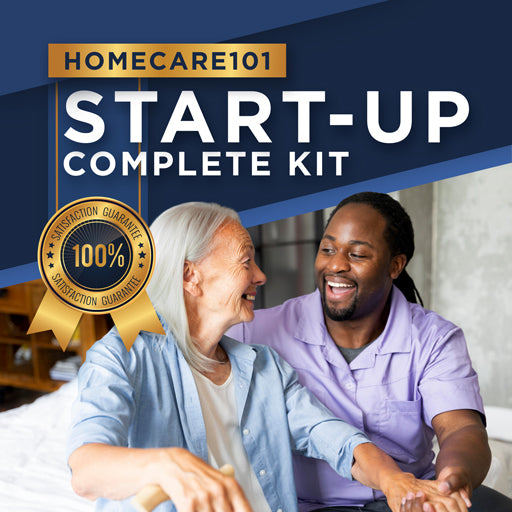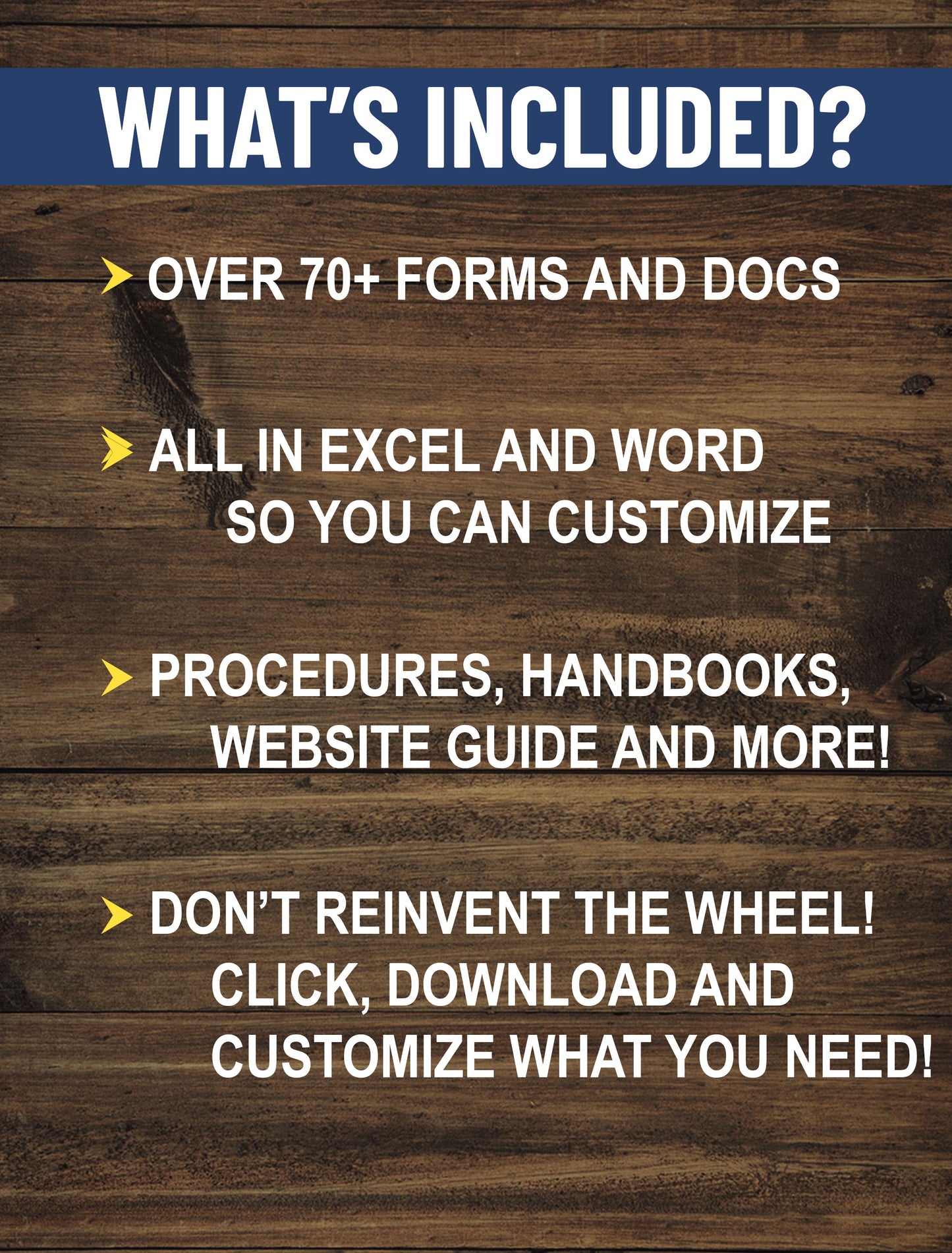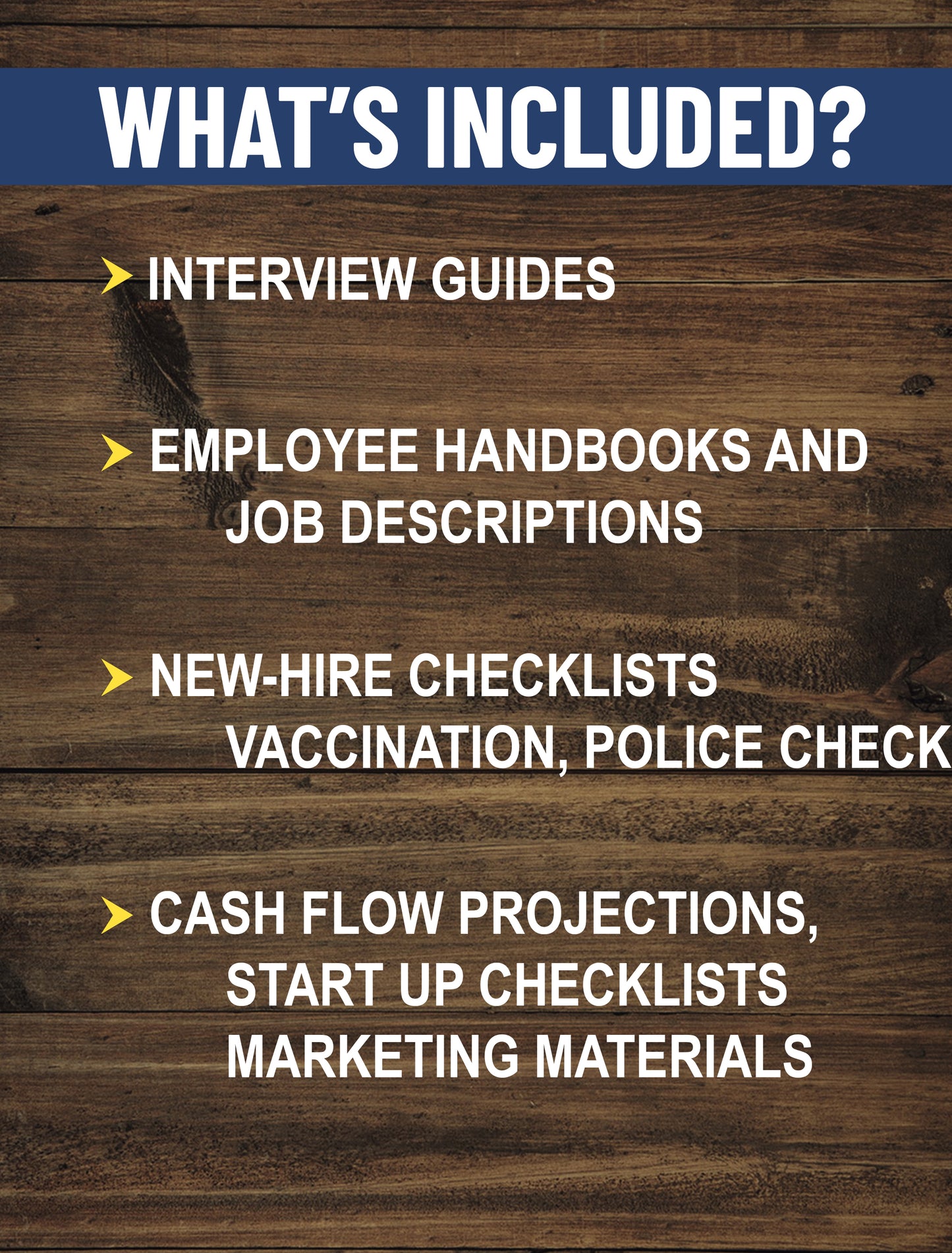Introduction
Crafting a non-medical home care service agreement represents a pivotal step for family members seeking the best way to arrange care for their loved ones. Such agreements, whether termed as personal care agreements, caregiver contracts, or elder care contracts, serve as the foundation for a transparent and legally sound partnership between the care recipient—a family member or health home participant—and the service provider, whether an independent contractor, a professional caregiver, or a home care agency.
The Essence of a Home Care Service Agreement
A home care service agreement, especially one tailored for non-medical care, outlines the necessary information to ensure well-rounded care. It encompasses everything from personal support services to grocery shopping, emphasizing the specific requirements of the care recipient. This written contract, often available as a home care service agreement PDF or template, should detail important aspects like the full name and contact information of all parties, the scope of services, the hourly rate or lump sum payment for the caregiver, and provisions for liability insurance.
Full Name and Contact Information
The agreement starts with the basics: the full names and contact information of all involved parties. For instance, if Jane Doe is arranging care for her father, John Doe, the agreement would clearly list Jane Doe as the family member managing the agreement, John Doe as the care recipient, and Mary Smith as the professional caregiver or service provider from "Compassionate Caregivers Home Care Agency."
Scope of Services
A well-defined scope of services is at the heart of the agreement. This section details the exact nature of services to be provided, tailored to the care recipient's needs. For example, it might specify that the caregiver is responsible for assisting with personal care tasks (bathing, dressing, grooming), performing light housekeeping duties, providing companionship, facilitating physical activities, and conducting grocery shopping and meal preparation. It's important to articulate whether the caregiver is also expected to manage medication reminders or coordinate with health home participants for medical appointments.
Compensation Structure
The agreement delineates the compensation structure, specifying whether the caregiver will be paid an hourly rate or a lump sum. For instance, it might state that Mary Smith will receive $20 per hour for her services, with a minimum commitment of 20 hours per week, or a monthly lump sum of $3,500. It also outlines the payment schedule, such as bi-weekly or monthly payments, and the method of payment, whether via direct deposit, check, or through a digital platform like Google Pay.
Liability Insurance and Legal Provisions
Including details about liability insurance is essential to protect all parties involved. The agreement might note that "Compassionate Caregivers Home Care Agency" provides liability insurance for its employees, covering any accidents or injuries that occur while performing their duties. Furthermore, it should reference adherence to federal laws, state laws, and any specific legal provisions or contractual relationships that govern the provision of non-medical home care services. This could include the use of esignature laws compliant with platforms like SignNow for digital signing and the stipulation of dispute resolution mechanisms.
Examples of Clauses and Provisions
- Confidentiality Clause: Ensures that any personal information and health information of the care recipient are kept confidential, barring third-party disclosures without explicit consent.
- Termination Clause: Outlines the conditions under which either party may terminate the agreement, including notice periods and any required final settlements.
- Caregiver Replacement Policy: In cases where the assigned caregiver is unable to continue providing services (due to illness, job offer elsewhere, etc.), the agency commits to providing a replacement caregiver within a specified timeframe, ensuring continuity of care.
Utilizing Templates and Digital Tools
Many families and service providers leverage home care service agreement templates available in PDF format for ease of use. These templates often come with sections that can be customized to fit the specific requirements of the care situation. For example, a template might include dropdown menus or editable fields for inputting services, compensation details, and legal clauses. Tools like Google Drive and SignNow enhance the functionality of these templates by allowing for easy sharing, editing, and signing, catering to the needs of mobile users and ensuring powerful functionality for managing family paperwork.
In summary, the essence of a home care service agreement lies in its ability to articulate the expectations and responsibilities of all parties involved, providing a solid foundation for a successful and respectful caregiving relationship. Through detailed clauses, personalized service scopes, and clear legal provisions, these agreements ensure that the care recipient receives the necessary support while protecting the rights and interests of both the caregiver and the family member overseeing the care arrangement.
Legal and Technical Framework
In the creation of a home care agreement, close attention to federal laws, state laws, and public policy is crucial. Utilizing legal documents such as a formal agreement, personal services contract, or family caregiver agreement ensures compliance with legal standards and eSignature laws, thus upholding the contractual relationship between the family member and the service provider.
Technology plays a significant role in modernizing the management of these agreements. Mobile devices, iOS devices, and laptop computers, supported by applications from the App Store or Google Play and online tools like the SignNow web application and Chrome extension, offer powerful functionality for drafting, sharing, and storing agreements. Google Drive, with its ease of use and ability to insert images and type text directly into documents, provides a reliable solution for handling family paperwork and ensuring that all parties have access to the latest version of the agreement.
Personalizing Care Agreements
Personalizing the agreement to meet the individual needs of the care recipient is paramount. This involves a detailed discussion of the provision of care management services, daily activities, and the provision of care in specialized settings like assisted living facilities or long-term care environments. A well-crafted agreement also addresses the use of durable powers of attorney and establishes a clear line of communication, including phone calls and other interactions, to manage the care of another person effectively.
Understanding Individual Needs
Personalizing a home care service agreement begins with a thorough assessment of the care recipient's physical, emotional, and social needs. This assessment might involve discussions with the care recipient, family members, medical professionals, and any current caregivers. The goal is to understand the full scope of the recipient's daily routine, medical conditions, hobbies, and the level of assistance required for activities of daily living (ADLs) and instrumental activities of daily living (IADLs).
Provision of Care Management Services
Care management services are crucial for recipients with complex health conditions or those navigating multiple healthcare providers and medical appointments. Personalizing the agreement might mean specifying how the caregiver or a third-party care manager will coordinate with medical professionals, manage medication schedules, and ensure that the care plan aligns with medical advice. For example, the agreement could include a provision for the caregiver to accompany the care recipient to doctor's appointments and facilitate communication between healthcare providers and the family.
Daily Activities and Specialized Care Settings
The agreement should detail the support required for daily activities, such as meal preparation, personal hygiene, mobility assistance, and engagement in social and recreational activities. For individuals in assisted living facilities or requiring long-term care, the agreement might specify how caregivers will work within these settings to provide additional support, ensuring that services complement the care already provided by the facility.
Incorporating Personal Preferences
Personalizing the agreement also means incorporating the care recipient’s personal preferences and routines into the care plan. This could include their preferred meal times, food likes and dislikes, bedtime routines, and how they wish to spend their leisure time. For instance, if a care recipient enjoys gardening, the agreement could include time for outdoor activities or visits to local parks.
Durable Powers of Attorney and Communication Plans
A critical component of personalizing the agreement is addressing legal considerations, such as the appointment of a durable power of attorney (POA) for health care decisions. This ensures that there is a legally authorized individual to make decisions on behalf of the care recipient if they become unable to do so. The agreement should outline the scope of the POA's authority and how they will communicate with caregivers and medical professionals.
Establishing Clear Lines of Communication
Effective communication is key to managing the care of another person. The agreement should establish protocols for regular updates between caregivers, the care recipient, and family members. This might include weekly meetings, daily logs of care activities, and designated channels for urgent communications (e.g., phone calls for immediate concerns). For families using technology to stay connected, the agreement might recommend specific apps or devices that facilitate seamless communication.
Example of a Personalized Care Clause
"To ensure that [Care Recipient's Name] continues to enjoy a high quality of life, the caregiver will provide assistance with daily activities, including [list of activities], in accordance with [Care Recipient's Name]'s preferences and routines. Additionally, the caregiver will facilitate [Care Recipient's Name]'s engagement in [hobbies or social activities of choice], respecting their independence and personal choices at all times. Regular communication between the caregiver, [Care Recipient's Name], and [Family Member's Name/POA] will be maintained through [specified communication methods] to discuss care updates, adjustments to the care plan, and any concerns."
In summary, personalizing a home care service agreement is about creating a care plan that respects the individuality and preferences of the care recipient while ensuring their needs are met comprehensively. By focusing on detailed discussions about care management, daily activities, legal considerations, and communication, the agreement becomes a living document that evolves with the care recipient's needs, providing peace of mind for both the recipient and their loved ones.
Professional and Legal Support
Engaging with professionals such as elder law attorneys and social workers provides invaluable legal advice and insight into crafting a comprehensive and compliant agreement. These experts can help navigate the complexities of liability insurance, confidentiality agreements, and dispute resolution, ensuring that the agreement serves as a reliable foundation for the caregiving relationship.
Additionally, for family members acting as caregivers, understanding the nuances of less formal job postings, caregiver services, and the responsibilities involved is essential. This includes negotiating compensation, which may be an hourly rate or a lump sum, and understanding the implications of working as an independent contractor or through a home care agency.









